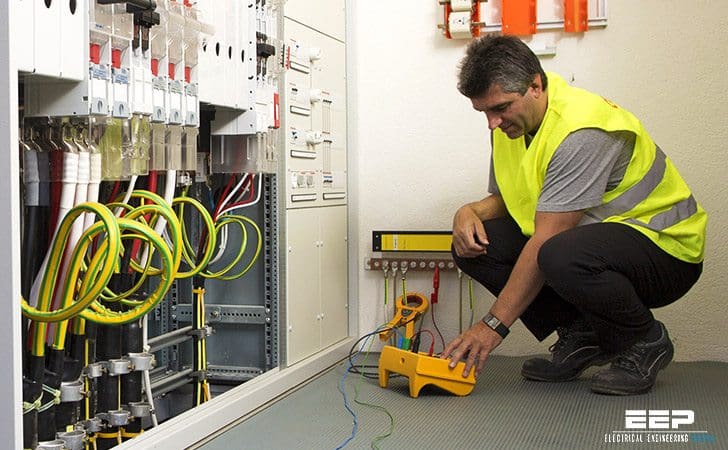Earthing systems
In any medium or low voltage three-phase system there are three single-phase voltages which are measured between each phase and a common point called the “neutral point”.

In balanced operating conditions these three voltages are phase shifted by 120° and have the value:
U / √3
U being the phase-to-phase voltage measured between phases (see fig.1).

From a physical point of view, the neutral is the common point of three star-connected windings. It may or may not be accessible, may or may not be distributed and may or may not be earthed, which is why we refer to the earthing system.
The neutral may be connected to earth either directly or via a resistor or reactor. In the first case, we say that the neutral is solidly (or directly) earthed and, in the second case, we say that the neutral is impedance-earthed.
When there is no intentional connection between the neutral point and earth, we say that the neutral is isolated or unearthed.
A solidly earthed neutral helps to limit overvoltages. However, it generates very high fault currents. On the other hand, an isolated or unearthed neutral limits fault currents to very low values but encourages the occurrence of high overvoltages.
In any installation, service continuity in the presence of an insulation fault also depends on the earthing system. An unearthed neutral allows continuity of service in medium voltage, as long as the security of persons is respected. On the other hand, a solidly earthed neutral, or low impedance-earthed neutral, requires tripping to take place on occurrence of the first insulation fault.
The extent of the damage to some equipment, such as motors and generators having an internal insulation fault, also depends on the earthing system.
| Title: | Earthing systems in industrial electrical networks – Schneider Electric |
| Format: | |
| Size: | 1.2 MB |
| Pages: | 113 |
| Download: | Right here | Video Courses | Membership | Download Updates |



can you advise on what the LV house supply earthing point resistance to earth should be – in Ohms? please!..
In the USA, the Nation Fire Protection Association publishes safety standards, including NFPA 70, also known as the National Electric Code (NEC). On the subject of grounding this code recommends the resistance to earth should be less than 25 ohms. So that is one possible answer to your question.
Since the ground connection is there to ensure overcurrent devices (circuit breakers and fuses) clear (open) in an overcurrent event, the lower the resistance to ground the lower the voltage will be when the overcurrent device clears. Additionally, the ground system is a reference for electronics and large ground currents cause by high resistance can add to electronic noise. Finally, the ground system is also a significant part of any lightning protection system. The ground system needed for lightning protection is much more complex than the minimum ground connection needed at the service entrance to a building.
For decades, the target for ground resistance has been 5 ohms for telecommunications facilities. This is a legacy of Motorola Standard R56. Per that standard “A” (light duty) sites could have 25 ohms to ground, while “B” sites had a design target of 5 ohms and a maximum resistance of 10 ohms. This standard can still be found online.
I hope this helps you.
thank you